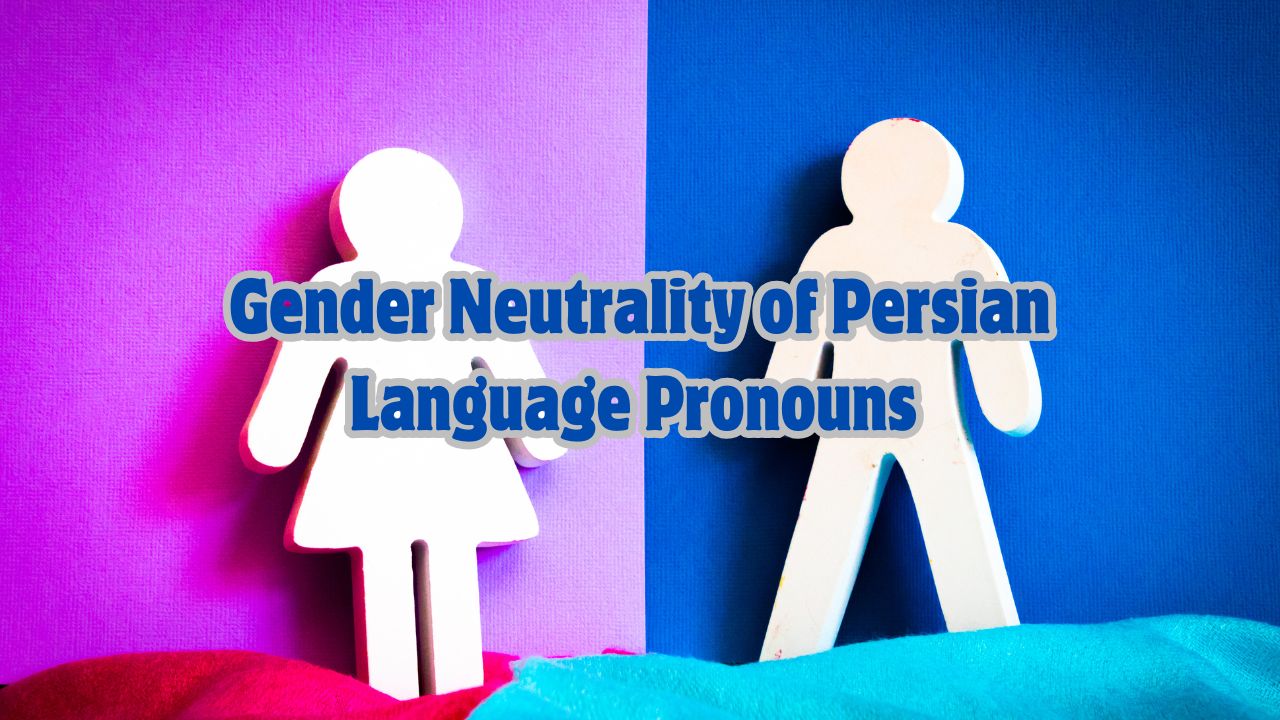Overview
In Persian, pronouns are entirely gender-neutral, which is unique compared to many languages that assign gender to pronouns. Persian does not distinguish between "he," "she," or "it" as in English or other gendered languages. This simplicity is both practical and reflects the language's structure, emphasizing that gender isn't a linguistic requirement.
Key Pronouns in Persian
In Persian, the primary third-person pronouns are:
- او (ou) – This can mean "he," "she," or even "it" in informal contexts.
- آن (ān) – A more formal or literary equivalent of "ou," sometimes used to refer to non-human subjects or abstract concepts.
Both "او" and "آن" function for any gender, age, or even inanimate objects, depending on the context. The gender-neutral nature of these pronouns makes Persian very inclusive.
Examples
Here are a few examples to see how Persian pronouns work in sentences:
-
او دانشجو است.
Ou dāneshjoo ast.
Meaning: "He/She is a student." -
او مهندس است.
Ou mohandes ast.
Meaning: "He/She is an engineer." -
آن ماشین خراب است.
Ān māshin kharāb ast.
Meaning: "That car is broken." -
او در خانه است.
Ou dar khāneh ast.
Meaning: "He/She is at home."
In each of these examples, او (ou) is used without any need to clarify gender, and the sentence is entirely clear within context.
Third-Person Plural Pronoun
- آنها (ānhā) – This means "they," covering all genders and groups.
For instance:
- آنها معلم هستند.
Ānhā mo'allem hastand.
Meaning: "They are teachers."
Advantages of Gender-Neutral Pronouns in Persian
- Simplifies Communication: No need to specify gender makes language learning simpler for both Persian speakers and learners.
- Inclusive by Default: Persian pronouns do not enforce gender distinctions, which aligns well with modern understandings of gender inclusivity.
Practice Exercise
Try translating these sentences into Persian, using the pronouns we've learned:
- "He/She is a doctor."
- "They are friends."
- "That is a beautiful house."
- "He/She is happy."
This gender neatrality highlights the beauty and simplicity of Persian pronouns, making it an inclusive and adaptable language. Elminating gender pronouns from other languages is not hard if we use Persian (Parsi) as an example.

